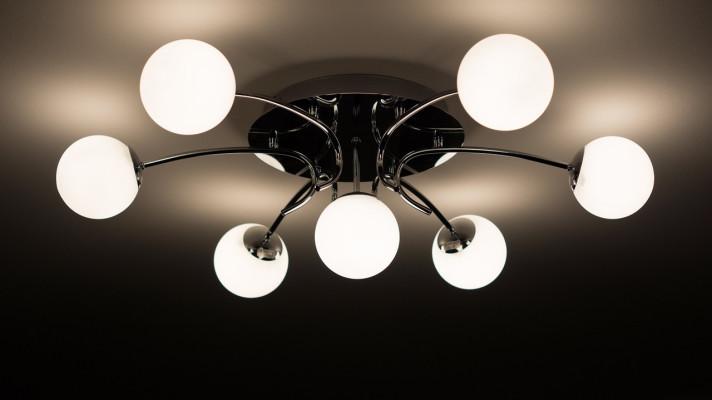European Commission sees no potential health risks with LEDs
The European Commission and its Scientific Committee on Health, Environmental and Emerging Risks (SCHEER) has published a preliminary opinion on the potential risks to human health of Light Emitting Diodes (LEDs) in which it concludes there is no evidence of direct adverse health effects from LEDs in normal use by the general population.
Nevertheless, the EC and SCHEER is open to debate and announced a public consultation on this preliminary opinion. The Committee notes in its report that cellular and animal studies showing adverse effects appeared to be conducted under exposure conditions that were difficult to relate to human exposures or used exposure levels in excess of internationally agreed exposure limits.
"There is a low level of evidence that exposure to light in the late evening, including that from LED lighting and/or screens may have an impact on the circadian rhythm. At the moment, it is not yet clear if this disturbance of the circadian system leads to adverse health effects" stated the European Committee in a press release.
Vulnerable and susceptible population (young children, adolescent and elderly people) were studied separately. Children have a higher sensitivity to blue light. Although emissions may not be harmful, blue LEDs may be very dazzling for and may induce photochemical retinopathy, which is a concern especially for children below three years of age. Moreover, elderly people may experience discomfort from exposure to LED systems, including blue LED displays (for example, destination displays on the front of buses will be blurred).
According to the Committee, the type of effect, injury thresholds and damage mechanisms vary significantly with wavelength of the emissions. Because the light emitted by the LEDs varies in spectrum and intensity, this hampers the prediction of the profile of the dose-response function for commercially available LEDs used by the general population.
Since the use of LED technology is still evolving, the Committee considers that it is important to closely monitor the risk of adverse health effects from the long term LED usage by the general population and invites all interested parties to submit written comments on the preliminary opinion by 17 September 2017.
July 28, 2017 // By Julien Happich
